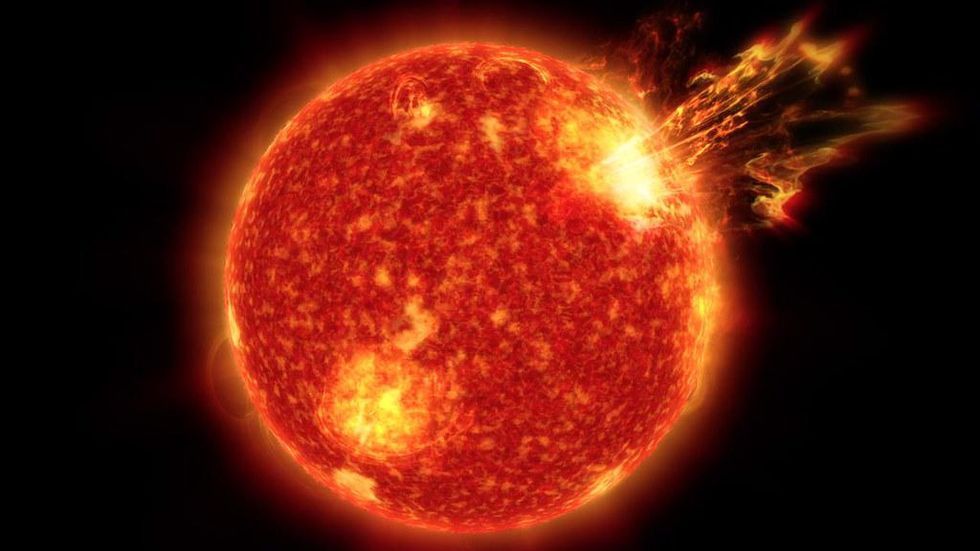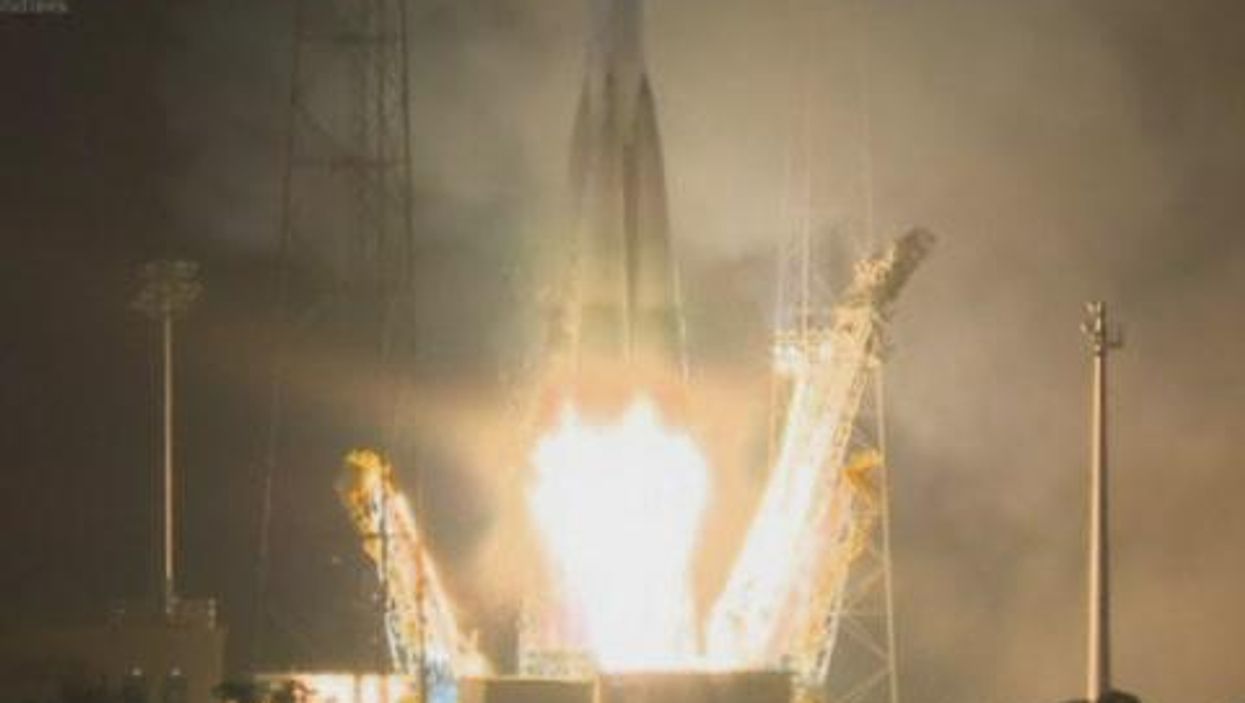Harry Fletcher
Mar 31, 2022
Satellite to 3D map Milky Way
IndyTV
It feels like there’s enough going on in the world at the moment as it is, but now it’s been reported that solar storms have erupted from the sun that could spark ‘tech chaos’.
NASA observatories have captured a total of 17 solar storms recently and at least a couple of them are heading towards us.
There was an eruption of Coronal Mass Ejections (basically the hottest material you could ever imagine) on March 28th. One it arrives near Earth, it’ll cause a geomagnetic storm in the magnetic field.
The National Oceanic and Atmospheric Administration (NOAA) has warned of possible effects on Earth on its space weather alert system.
Sign up to our new free Indy100 weekly newsletter
Storms rated G3 and G2 are expected to arrive today and tomorrow, with G3 storms able to disrupt satellites and other technologies. G3 is considered a strong storm, while a G2 is moderate and a G1 is a minor storm.
NOAA has also said that they could cause issues with GPS as well as problems with radio signals.
It’s not all bad, though. The problems are unlikely to cause major issues or even be noticed by most people going about their everyday business.
“Harmful radiation from a flare cannot pass through Earth’s atmosphere to physically affect humans on the ground,” NASA said.

“However – when intense enough – they can disturb the atmosphere in the layer where GPS and communications signals travel.”"
Plus, one thing we might experience is displays of the Northern Lights.
"Sightings are possible as far south as southern Scotland and Northern Ireland," according to the Met Office.
We can expect to see more solar storms in the coming years too, with the cycle of solar activity increasing towards the peak of an 11-year cycle.
It’s been an interesting time for astronomers recently, after the moment debris from destroyed planets crashing into a dead star was seen for the first time earlier this year.
Astronomers at the University of Warwick used X-rays to detect remnants of a planetary system colliding with, and being consumed within, the surface of a white dwarf – a star that has burnt up all of its fuel.
Have your say in our news democracy. Click the upvote icon at the top of the page to help raise this article through the indy100 rankings.
Top 100
The Conversation (0)














